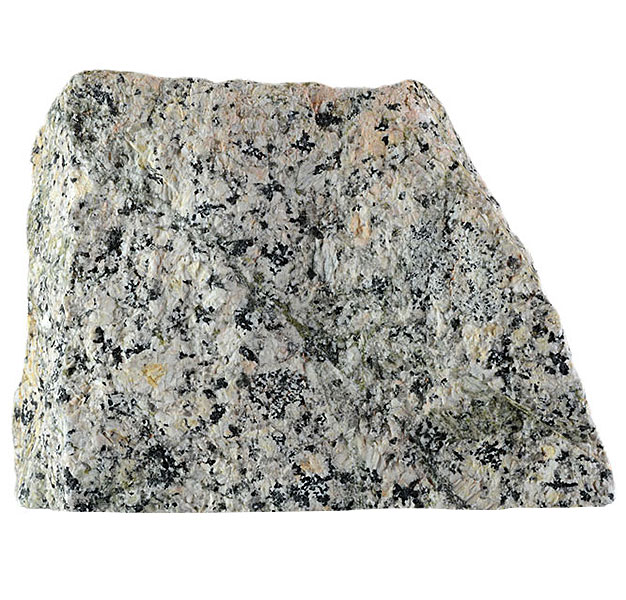
Fact sheet
Crinoidal limestone deposits found in Derbyshire, England were laid down during the Lower Carboniferous times prior to progradation of large deltas from the north, which formed the later Millstone Grits. At that time, the part of the UK that would become the English Peak District was the bed of a sub-tropical shallow continental shelf sea with a variety of life some of which has been preserved in this rock. The location of this sample was far from shore although the sea remained shallow and the water was rich in nutrients, producing the perfect conditions for the buildup of platforms of carbonate-rich rock. Crinoids were common in this shallow shelf environment during the Carboniferous and have been referred to as ‘Derbyshire Screws’ because of their abundance in the Peak District limestone. The thin section illustrates the coarse-grained, poorly sorted, well-cemented nature of this limestone rock. It contains bivalves, brachiopods, corals and crinoids in a fragmental matrix cemented by crystalline calcite (known as sparite).
The United Kingdom Virtual Microscope (UKVM) collection consists of igneous, sedimentary and metamorphic rocks from around the UK.
It is intended as a teaching resource, helping to tell the story of the common rock types and how they form, and reflecting the history of the UK at the margins of the continent of Europe. The collection is a series of teaching sets, for example igneous rocks from the North Atlantic Igneous Province and SW England; high-temperature metamorphic rocks from Scotland and low-temperature metamorphic rocks from Wales; and sedimentary rocks, including English limestones and sandstones.









